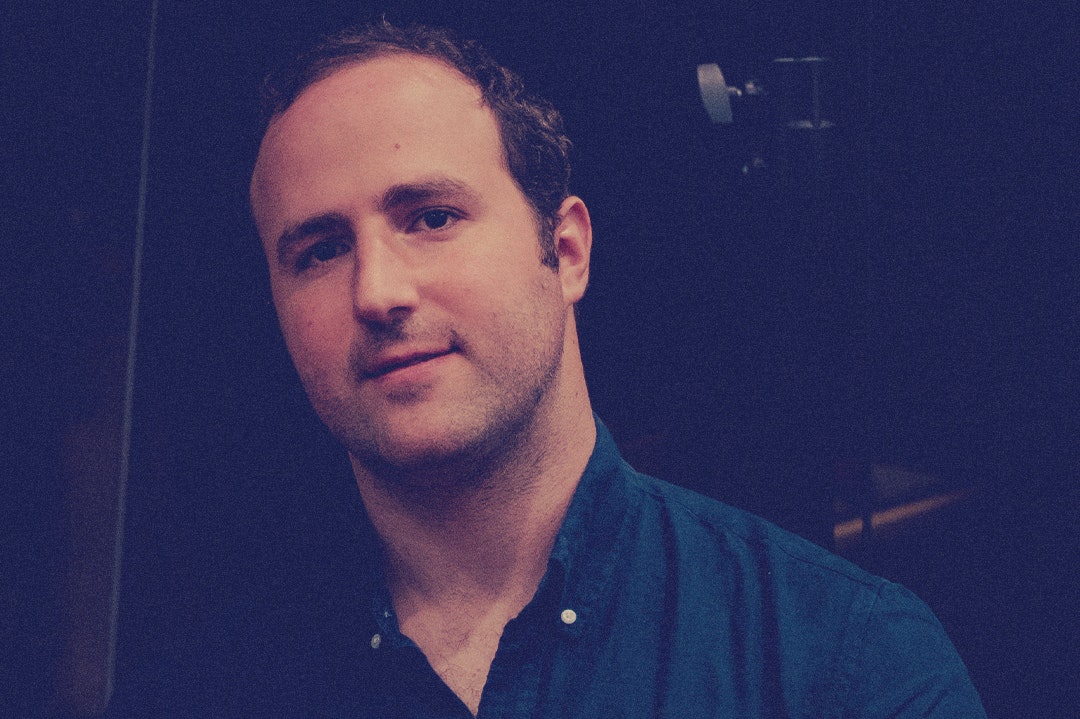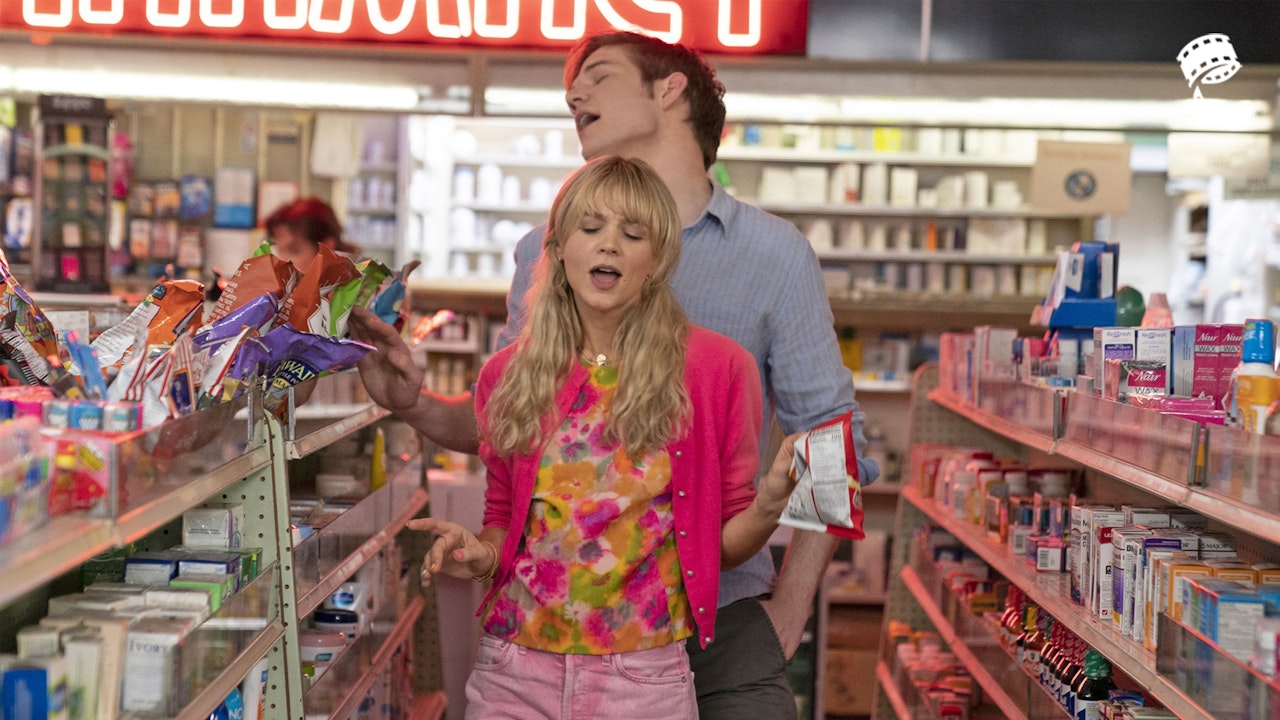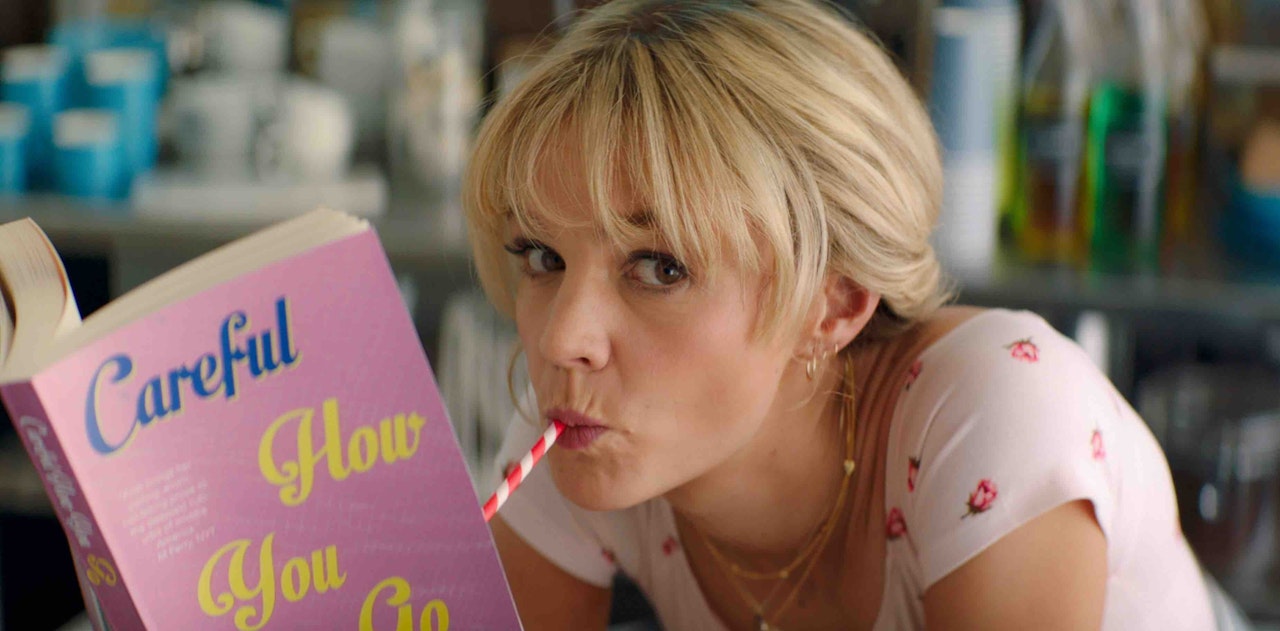Words by Simon Edwards
Promising Young Woman is a film that toys with your emotions. At a glance, it is bright, colourful, and speckled with humour. But beneath its glossy exterior, there lies a dark unease that whispers in the audience’s ear.
A film deeply immersed in themes from the here and now, it picks at the raw and unhealed scabs left by grief, revenge, consent, and sexual assault. For his first major solo score to work, Anthony Willis was going to have to take on a challenge he had never tackled before. Best known for his work on fantasy adventures such as How to Train Your Dragon 2, Rio 2, Pan, Solo: A Star Wars Story, and more – Promising Young Woman was new and unexplored territory. Luckily for Willis, his education, training, and close working relationship with some of Hollywood’s most admired composers have given him a unique perspective on how to approach composition.
Willis grew up in London, England, and was instilled with a love of music from an early age. His passion took him to the world-renowned St. George’s Chapel in Windsor to begin his training. “At St. George’s Chapel, I had the most unbelievable musical training – listening and performing to some of the world’s most beautiful choral music: this incredible blend of male voices,” he explains. “In retrospect, this was an amazing way to learn voice leading, harmony, and the anatomy of music.”
He then studied composition at Marlborough College, where he first heard the name Emerald Fennell – writer and director of Promising Young Woman. “Emerald also went to school at Marlborough, but I don’t think she had any idea who I was. She is somebody that you can just tell has a really interesting and wonderful perspective on things. She emanated that kind of energy, even back at school.”
Learning the architecture of composition set Willis on his path towards becoming a composer for cinema, but this was a world, at the time, that was shrouded in mystery: “Today there is so much access to behind-the-scenes of film music. In the past, I came across one photo of Harry Gregson-Williams in the car park at Remote Control Production, and that was my only insight, a tiny piece of thread that showed me the world of film music.”

It was a thin thread to hold on to, but Willis followed it nonetheless. It only took a tiny glimpse of this unknown world to inspire Willis to sign up for a film scoring course at the University of Southern California, as he recalls: “It occurred to me that if there was anything that could plant me in the industry, it was that.” Willis explains: “Right before I moved to L.A., I saw How to Train Your Dragon. I was just blown away by it. When I was leaving, I had a lot of trouble trying to explain to people what I was moving away to do. But then I watched that film and realised that is what I want to do. That’s what I want to be a part of.”
Studying at USC furthered Willis’ education and gave him the opportunity to hear his music being played by incredible musicians for the first time. Making his home in L.A. also brought him within touching distance of the industry’s epicentre, allowing him to mix and meet with his peers and idols. This led to Willis meeting John Powell – composer of Shrek, The Bourne Identity, How to Train Your Dragon, and many more.
Meeting and working with John [Powell] brought a huge change to my career – he changed my life.
“Meeting and working with John brought a huge change to my career – he changed my life. I had been doing some additional music and some assisting, but John said that I should be writing full time. I had an amazing experience working with him on Rio 2. It was a really special time in my career, especially those first few months, because it was a period of discovery and affirmation for me.”
Throughout the years that followed, Willis quickly mastered the art of scoring action and adventure movies, writing memorable music for The Martian, Pan, Wreck-It Ralph 2: Ralph Breaks the Internet to name a few. But when it came to Promising Young Woman, Willis was treading on fresh ground, something that director Emerald Fennell wanted to explore. “She was aware of my work in the more traditional, thematic space, and I think she was curious about what someone with my musical perspective would make of Promising Young Woman.”

Parts of the soundtrack were set in stone, but Willis had to try and provide the missing piece: “Emerald knew from the start that she was going to have a very strong pop soundtrack. But for Carey Mulligan’s character, Cassie, I think she was trying to imagine what that score would sound like.” Originally, Willis was only meant to offer advice on composers and help out where he could, but Fennell wasn’t going to let him stop there: “I just wanted to support my friend, I knew this was a huge deal for her, but she sent me the film and said ‘No, I’d like you to demo – why not?’”
Promising Young Woman meddles with our idea of genre – there are massive tonal shifts. The film starts out as a quite playful parody horror, then moves into becoming a more traditional thriller, an over-hyped fairytale romance, and then ultimately it becomes very visceral and dark. Hopping across these styles would have been a mammoth task musically, so Willis took an alternative approach he learned working alongside Powell, as he recalls, “It is much more potent to attach a theme to a concept rather than a specific character.” He goes on, “What I wanted to do most with the score was to bring Nina, the victim, into the film. The theme for Cassie is a theme for both of them. It’s a theme about their friendship and what could have been had this terrible thing not happened.” Willis explains, “With trauma, you have to have seen the light as well as the dark. You can write music that is tense and scary, but the thing that is going to move you emotionally is imagining this relationship, that could have been so beautiful, but isn’t anymore.”

The contrast between the shimmering glow of Fennell’s pop soundtrack and Willis’ wistful arrangements never feels jarring; they work in tandem together, picking up the pieces from where the other left off, and Willis is the first to recognise the power of this relationship: “With cinema, there needs to be a strong reason for the music to be there, conceptually. Sometimes, what is even stronger than a score is a piece of source music written into the film, like when Audrey Hepburn plays “Moon River” on the guitar in Breakfast at Tiffany’s. That scene emanates through the rest of the movie. It’s such a beautiful place for the musical narrative to come from because it’s very honest and sincere.”
Seamlessly interlacing music into a story’s narrative is something Willis believes composers can learn from: “Composers need to think ‘How I can integrate my music into this scene, how can the music seem inevitable?’”
With cinema, there needs to be a strong reason for the music to be there, conceptually. Sometimes, what is even stronger than a score is a piece of source music written into the film.
Watching the film, your expectations are constantly turned on their head, not only by what you are seeing but what you’re hearing too. Willis and Fennell worked together closely to destabilise the audience’s experience, and some standout moments came as a surprise, even to Willis himself.
“There’s a moment at the end of the film where Emerald wanted it to be intensely real and feel like there was no music. So I wrote something with viola harmonics and bass harmonics – a very subtle reduction of my theme. It’s very soft and you can’t really hear it, so I thought that would work. Then, when I went to see the movie at Sundance Festival, Emerald had absolutely cranked the volume on that scene.”

The impact floored Willis, “Composers often freak out about loud music being quiet and really quiet music being loud. It makes things feel out of focus – it feels exposed. But in this case, it worked incredibly, and in a really surprising way. Being bold is not something you should ever shy away from.”
One of the boldest moves from the soundtrack is Willis’ lingering version of Britney Spears’ Toxic – a choice that seemed inevitable to Willis, “The riff at the start is so strong, and because the primary colours of that riff are strings, it sets itself up beautifully to be done as a string arrangement.” But this is no straight-up cover version, Willis’ strung-out, tension-driven adaptation creeps up on you, unexpectedly.
“Not only is the arrangement slow, but it’s recorded faster and then slowed down – which has a very different psychological impact to just playing a piece of music slowly. You are inserting a subconscious manipulation. And we were quite candid about it. That arrangement shows the stitching of the song. For that scene, I could have written a thousand pieces of music and none of them would have carried the emotional power of transforming such a beloved track.”
“Emerald has done amazingly to deliver the subject matter and messages of the film without it being just a very dark drama; she has created a film that entertains you and shocks you to your core. And the reason it shocks you most is that even long after you’ve left the theatre, you’re still thinking about it. The ripple made by this film will continue to make a cultural impact long into the future.”
It’s not the guts and gore that terrifies an audience, it’s the suggestion of violence that haunts them, and that’s where the music, storytelling, and horror of Promising Young Woman excel.
